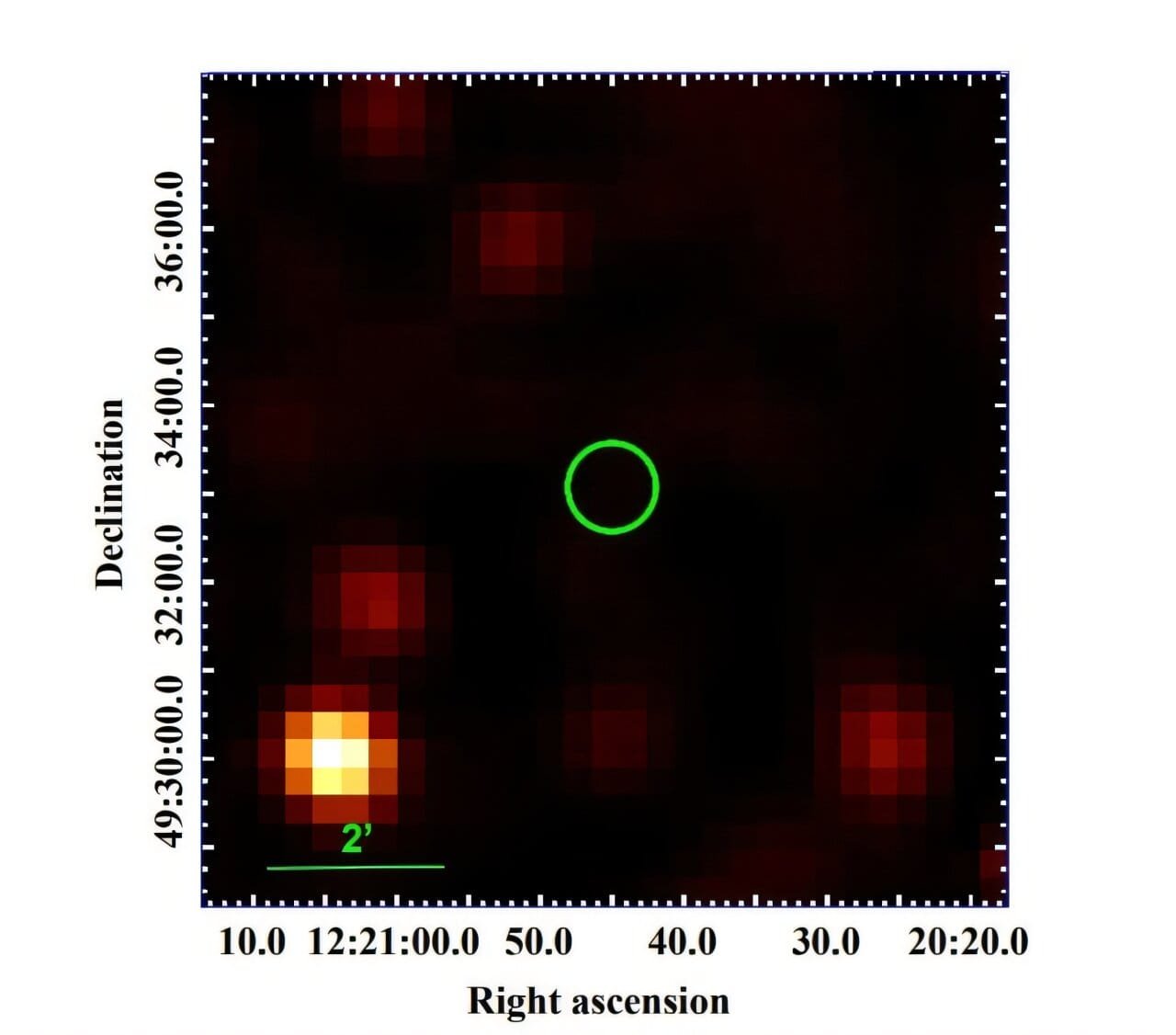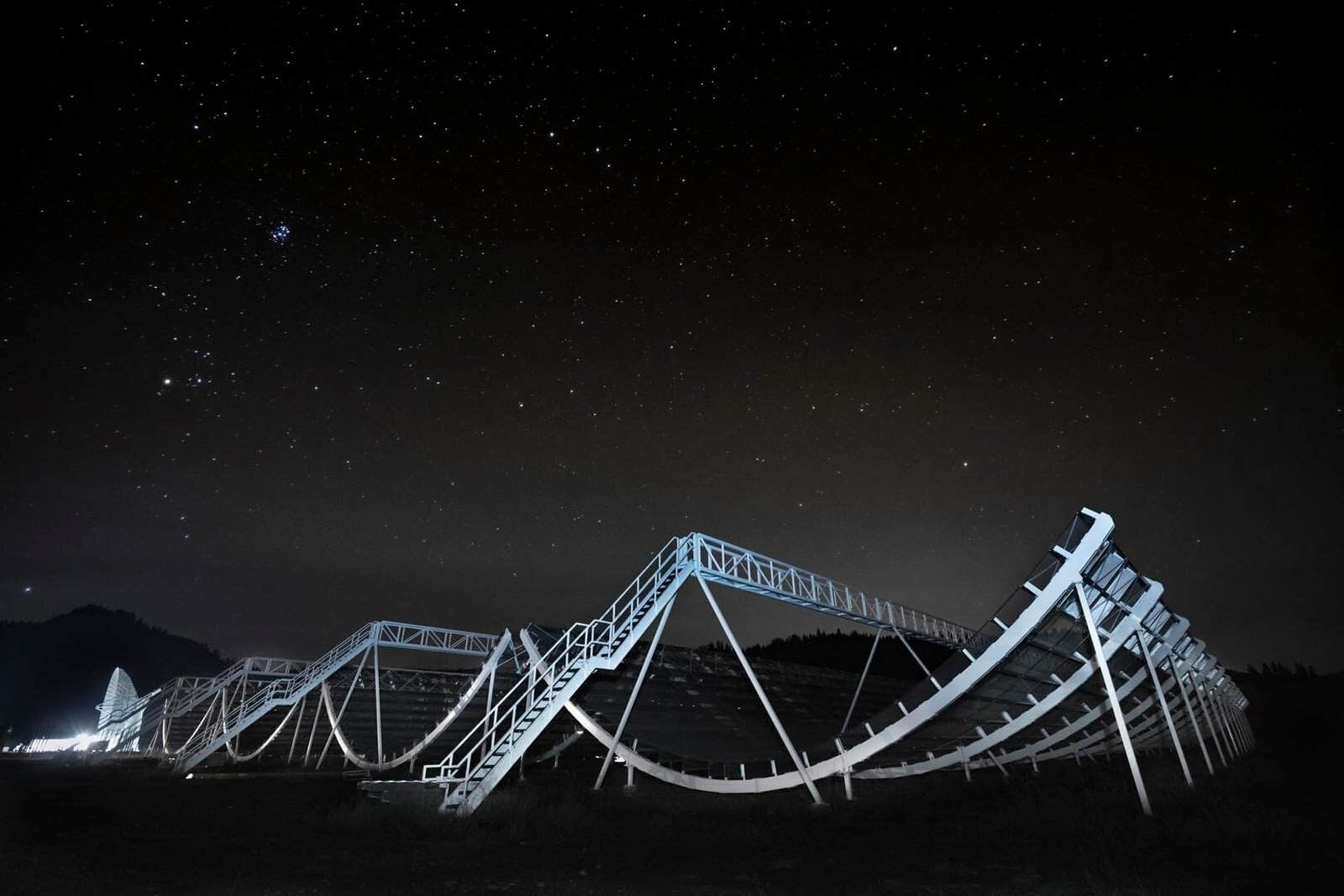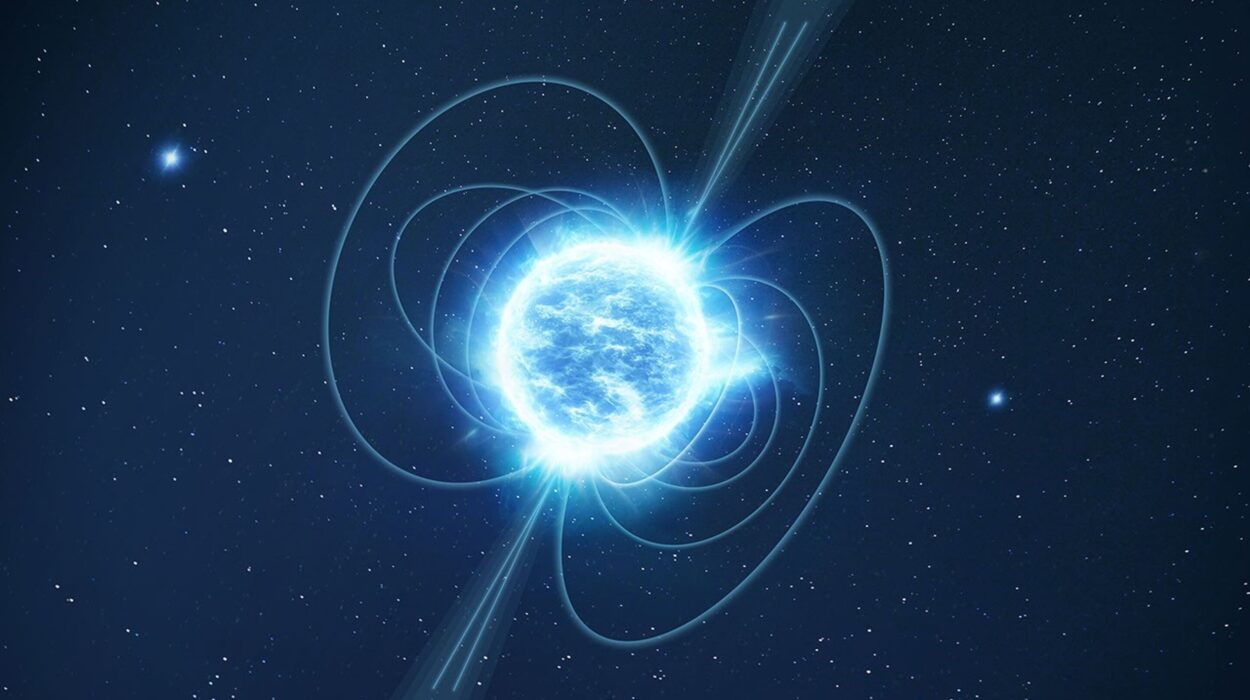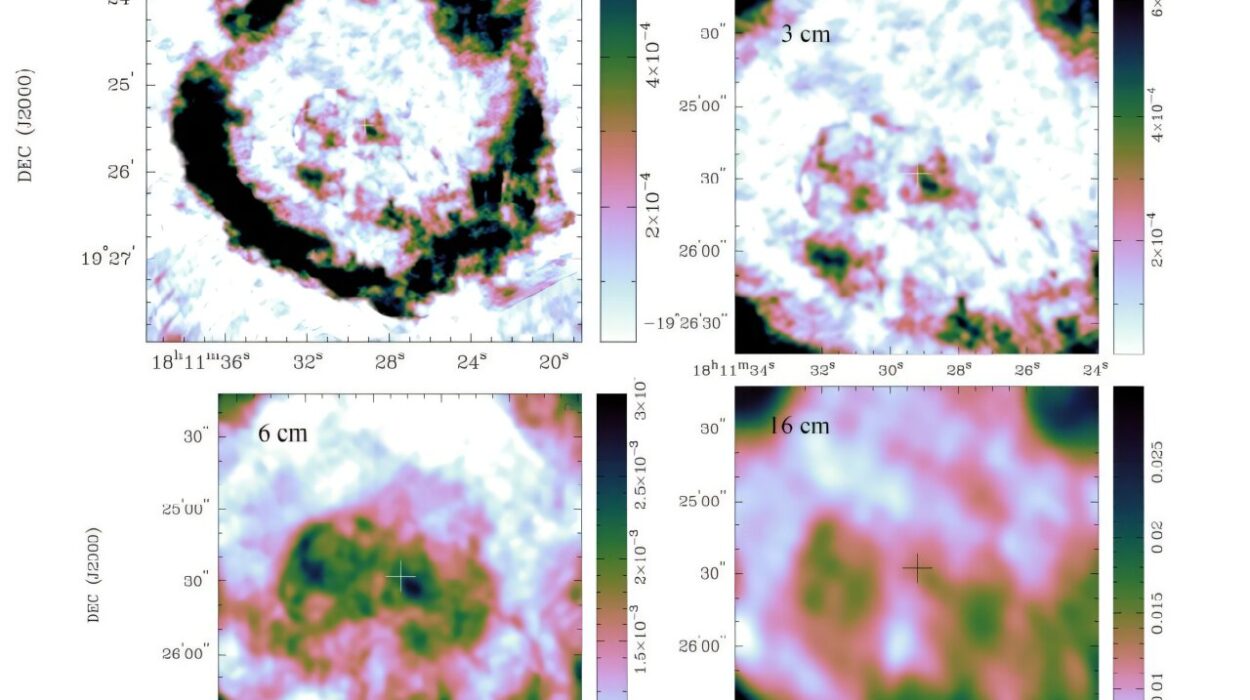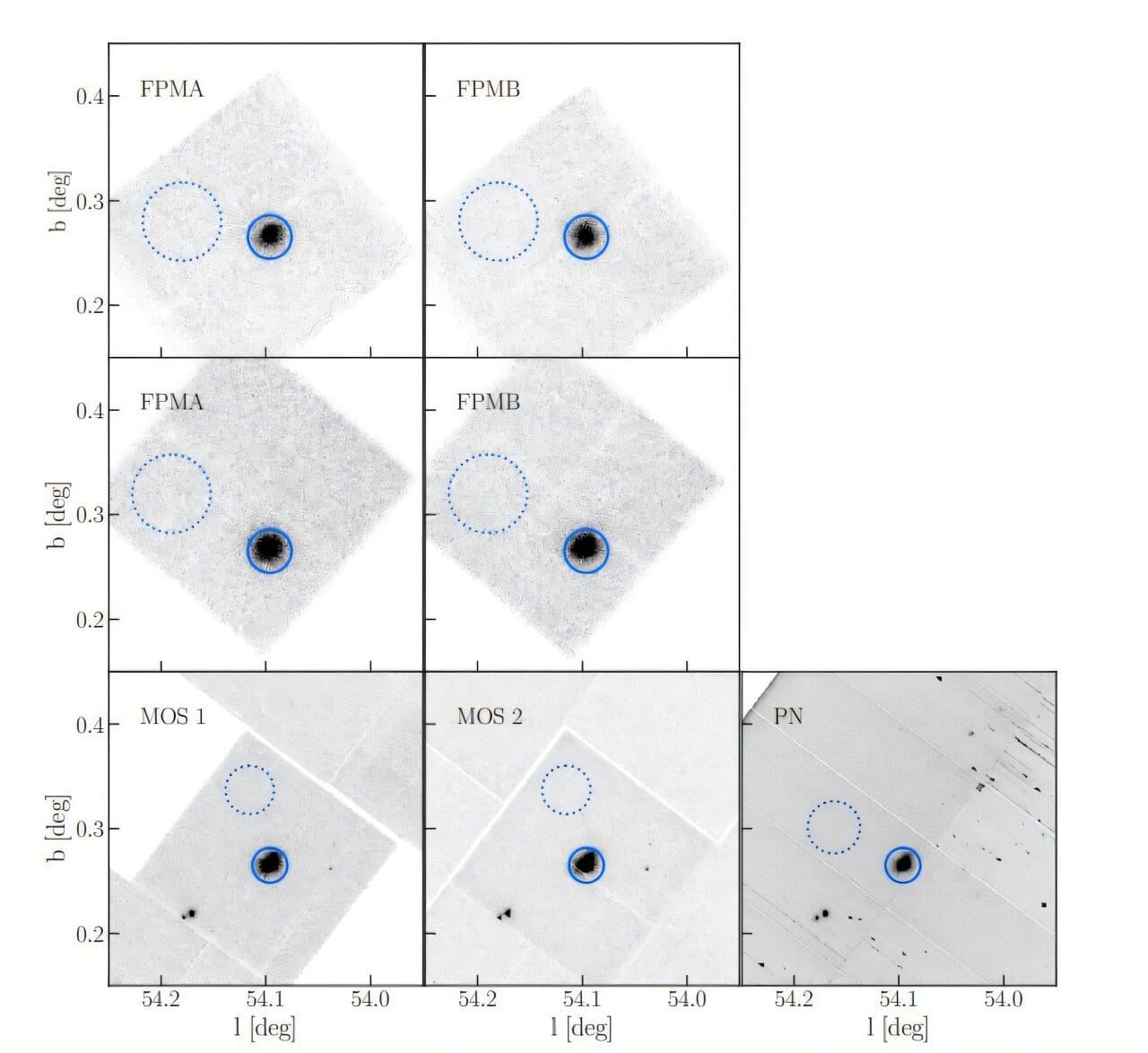A group of astronomers from multiple institutions has recently conducted an in-depth investigation of a newly discovered tidal disruption event (TDE) named ASASSN-22ci, also known as AT2022dbl. This event, observed by astronomers using various telescopes, offers a unique opportunity to study the extreme dynamics surrounding supermassive black holes and their interactions with nearby stars. The findings from their research were detailed in a paper published on December 19 on the preprint server arXiv, and they represent a significant step forward in our understanding of the behavior of these celestial phenomena.
Tidal disruption events are spectacular occurrences in which a star is pulled apart by the intense tidal forces of a supermassive black hole. These forces arise when a star ventures too close to the black hole’s event horizon, and the gravitational pull of the black hole becomes so strong that it exceeds the star’s internal forces, causing the star to break apart. The debris from this star then spirals into the black hole, forming an accretion disk and releasing immense amounts of energy, particularly in the form of radiation. This radiation, which is emitted from the innermost regions of the accreting material, serves as a clear indicator of a TDE. As a result, TDEs are of great interest to astronomers because they provide a rare opportunity to study the physics of strong gravity, accretion, and the evolution of supermassive black holes.
The newly discovered TDE, ASASSN-22ci, was initially identified in February 2022 by the All-Sky Automated Survey for Supernovae (ASAS-SN). It occurred in the nucleus of a galaxy cataloged as WISEA J122045.05+493304.7, located at a redshift of approximately 0.0284, which places it relatively close to Earth by cosmic standards. This proximity, combined with the prominence of the event, made it an ideal target for further study.
Upon its discovery, a team of astronomers, led by Jason T. Hinkle of the University of Hawaii, initiated a series of follow-up observations to gather more data on ASASSN-22ci. These observations were made using several astronomical facilities, including the Zwicky Transient Facility (ZTF), the Asteroid Terrestrial Impact Last Alert System (ATLAS), and ASAS-SN itself. The team was able to detect two distinct luminous flares emanating from the event, which they studied in detail.
Each of these two flares displayed several remarkable characteristics. Both flares had a temperature of approximately 30,000 Kelvin and exhibited a rising time of about 30 days. The bolometric luminosity of each flare was measured to be between 200 and 1,000 tredecillion erg per second, an incredibly high level of energy release. This amount of energy puts TDEs like ASASSN-22ci among the most energetic events in the universe, rivaling the luminosity of entire galaxies. Additionally, the flares showed a blue optical spectrum and were accompanied by broad hydrogen, helium, and nitrogen lines, which provided valuable clues about the composition of the disrupted material and the physical conditions in the vicinity of the black hole.
An intriguing aspect of ASASSN-22ci is the temporal gap between the two observed flares. The second flare occurred approximately 720 days after the first one, marking a significant interval between the two events. The astronomers also reviewed pre-discovery survey data, which provided no evidence of earlier flares over the past 6,000 days. This suggests that the event detected in 2022 was the first major flare associated with ASASSN-22ci, indicating that the disruption of the star was a relatively recent occurrence.
The researchers predict that the next flare from ASASSN-22ci will occur around February 4, 2026, based on the timing and patterns observed in the previous flares. This prediction is important, as it offers the potential for future observational campaigns to capture additional flares and study their properties in even greater detail. Such observations could provide further insights into the dynamics of TDEs and the behavior of stars as they interact with supermassive black holes.
ASASSN-22ci has quickly become one of the most intriguing examples of TDEs that exhibit multiple flares. With the two flares observed so far, it is now one of only five TDEs known to produce more than one flare. This distinction makes ASASSN-22ci a valuable subject for understanding the underlying mechanisms of TDEs, particularly those that involve repeating partial tidal disruptions of stars. The ability to study multiple flares from the same event enables astronomers to refine theoretical models of how stars are disrupted by black holes, and how this process may vary depending on the specific conditions of the black hole and the star involved.
The study of multiple flaring TDEs is a relatively new and expanding field. While the sample size of such events is still small, the authors of the paper suggest that it is large enough to begin drawing meaningful conclusions about the trends and patterns that may exist among these events. By comparing ASASSN-22ci to other TDEs with multiple flares, researchers can begin to explore questions related to the frequency of such events, the properties of the black holes involved, and the impact of these disruptions on the surrounding environment.
One of the key implications of studying TDEs like ASASSN-22ci is the potential to learn more about the formation and evolution of supermassive black holes. These black holes, which reside at the centers of most galaxies, are thought to grow over time by accreting material from their surroundings, including stars, gas, and dust. TDEs provide a unique opportunity to observe this accretion process in real time, as the debris from a disrupted star falls into the black hole, allowing astronomers to study the physics of accretion and the behavior of matter under extreme conditions. By examining the flares and the surrounding radiation, researchers can gain insights into the accretion disk, the structure of the black hole’s environment, and the nature of the gravitational forces at play.
Furthermore, TDEs may provide valuable information about the demographics of supermassive black holes and their host galaxies. Since TDEs are relatively rare, they may be useful as a tool for identifying previously undetected black holes or studying the properties of black holes in different types of galaxies. The ability to observe multiple flares from a single TDE, as in the case of ASASSN-22ci, offers an even greater opportunity to explore the interactions between black holes and their environments over extended periods of time.
Reference: Jason T. Hinkle et al, On the Double: Two Luminous Flares from the Nearby Tidal Disruption Event ASASSN-22ci (AT2022dbl) and Connections to Repeating TDE Candidates, arXiv (2024). DOI: 10.48550/arxiv.2412.15326
